Properties
| Storage Buffer | PBS pH7.4, 50% glycerol, 0.09% sodium azide *Storage buffer may change when conjugated |
| Storage Temperature | -20ºC, Conjugated antibodies should be stored according to the product label |
| Shipping Temperature | Blue Ice or 4ºC |
| Purification | Peptide Affinity Purified |
| Clonality | Polyclonal |
| Specificity | Detects ~63kDa. |
| Cite This Product | StressMarq Biosciences Cat# SPC-122, RRID: AB_2069601 |
| Certificate of Analysis | A 1:1000 dilution of SPC-122 was sufficient for detection of Calreticulin in 20 µg of HeLa cell lysate by ECL immunoblot analysis. |
Biological Description
| Alternative Names | CALR Antibody, Calregulin Antibody, cC1qR Antibody, CRP55 Antibody, ERp60 Antibody, HSCBP Antibody, RO Antibody, SSA Antibody, grp60 Antibody |
| Research Areas | Cell Signaling, Organelle Markers, Organelle Proteins, Protein Trafficking, Tags and Cell Markers |
| Cellular Localization | Cell Surface, Cytoplasm, Endoplasmic Reticulum, Endoplasmic reticulum lumen, Extracellular Matrix, Sarcoplasmic Reticulum, Sarcoplasmic Reticulum Lumen |
| Accession Number | NP_004334.1 |
| Gene ID | 811 |
| Swiss Prot | P27797 |
| Scientific Background | Calreticulin is a multifunctional, highly conserved Ca2+ -binding protein that is localized to the endoplasmic reticulum (ER), but has also been detected in the nucleus and nuclear envelop. Like many other ER proteins, it has the conserved ER retention KDEL (Lys-Asp-Glu-Leu) sequence at its C-terminus (1-3). CRT's three domains include a 180 residue N-terminal domain, a proline-rich P-domain (residues 189-288) that binds Ca2+ with high affinity and shares homology with calnexin (CNX) and calmegin, and a 110 residue C-terminal domain that binds Ca2+ with low affinity but high capacity (1,3). Recent studies suggest that this soluble ER protein has a multifunctional role. It appears to be involved in calcium storage and regulation as well as having a molecular chaperone activity. It has been shown to interact with the cytoskeleton and to be involved in the regulation of gene expression. Calreticulin may also play a role in cellular proliferation including its apparent activity in the proliferation of certain viruses within mammalian host cells (4, 5), and it has also been shown to be induced in response to various types of cell stress including amino acid deprivation (6). Close interconnections among protein synthesis, gene expression and calcium signaling have been observed by many researchers in recent years. Calreticulin might be centrally located and therefore it crucially participates in the coordination of many functions by the cell (4, 5). Studies also suggest its involvement in a few diseases such as systemic lupus erythematosus, rheumatoid arthritis, celiac disease, complete congenital heart block, and halothane hepatitis (1). |
| References |
1. Johnson S., et al. (2001) Trends Cell Biol 11: 122-129. 2. Smith M.J., et al. (1989) EMBO J. 8: 3581-3586. 3. Ellgaard L., et al. (2001) Curr Opin Cell Biol. 13: 431-437. 4. Krause K.H., and Michalak M. (1997) Cell. 88: 439-443. 5. Nash P.D., et al. (1994) Mol Cell Biochem. 135: 71-78. 6. Heal R., and McGivan J. (1998) Biochem J. 329: 389-394. 7. Lucero H.A., et al. (1998) J Biol Chem. 273: 9857-9863. 8. Tanaka S., et al. (2000) J Biol Chem. 275: 10388-10393. 9. Yoon G.S., et al. (2000) Cancer Res. 60: 1117-1120. 10. Antoniou A.N., et al. (2002) Immunology 106: 182-189. 11. Wada I., et al. (1997) EMBO J. 16: 5420-5432. 12. Laguerre D.B., et al. (1998) J Vir. 72: 4940-4949. |
Product Images

Immunocytochemistry/Immunofluorescence analysis using Rabbit Anti-Calreticulin Polyclonal Antibody (SPC-122). Tissue: Heat Shocked Cervical cancer cell line (HeLa). Species: Human. Fixation: 2% Formaldehyde for 20 min at RT. Primary Antibody: Rabbit Anti-Calreticulin Polyclonal Antibody (SPC-122) at 1:100 for 12 hours at 4°C. Secondary Antibody: FITC Goat Anti-Rabbit (green) at 1:200 for 2 hours at RT. Counterstain: DAPI (blue) nuclear stain at 1:40000 for 2 hours at RT. Localization: Endoplasmic reticulum lumen. Cytoplasm. Magnification: 100x. (A) DAPI (blue) nuclear stain. (B) Anti-Calreticulin Antibody. (C) Composite. Heat Shocked at 42°C for 1h.
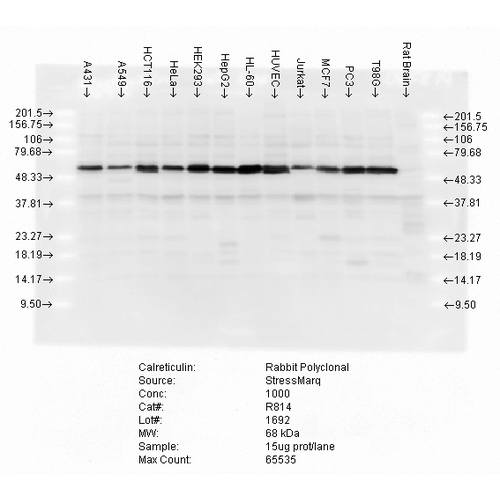
Western blot analysis of multiple cell lines lysates showing detection of Calreticulin protein using Rabbit Anti-Calreticulin Polyclonal Antibody (SPC-122). Load: 15 µgprotein. Block: 1.5% BSA for 30 minutes at RT. Primary Antibody: Rabbit Anti-Calreticulin Polyclonal Antibody (SPC-122) at 1:5000 for 2 hours at RT. Secondary Antibody: Donkey Anti-Rabbit IgG: HRP for 1 hour at RT.
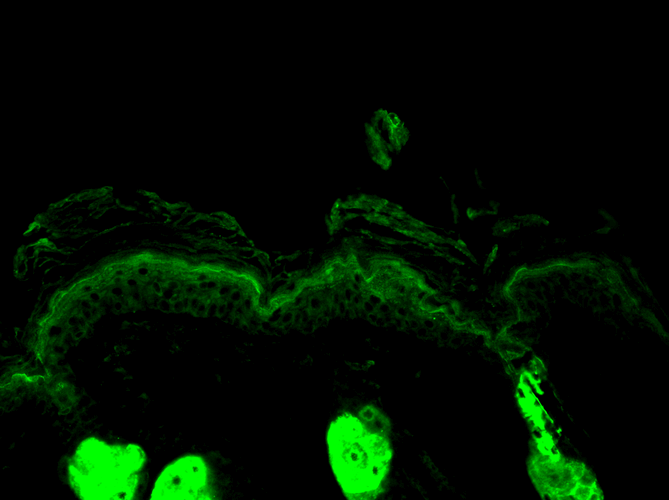
Immunohistochemistry analysis using Rabbit Anti-Calreticulin Polyclonal Antibody (SPC-122). Tissue: backskin. Species: Mouse. Fixation: Bouin’s Fixative Solution. Primary Antibody: Rabbit Anti-Calreticulin Polyclonal Antibody (SPC-122) at 1:100 for 1 hour at RT. Secondary Antibody: FITC Goat Anti-Rabbit (green) at 1:50 for 1 hour at RT. Localization: Cytoplasmic granule. Endoplasmic reticulum lumen.

Immunocytochemistry/Immunofluorescence analysis using Rabbit Anti-Calreticulin Polyclonal Antibody (SPC-122). Tissue: Heat Shocked Cervical cancer cell line (HeLa). Species: Human. Fixation: 2% Formaldehyde for 20 min at RT. Primary Antibody: Rabbit Anti-Calreticulin Polyclonal Antibody (SPC-122) at 1:100 for 12 hours at 4°C. Secondary Antibody: R-PE Goat Anti-Rabbit (yellow) at 1:200 for 2 hours at RT. Counterstain: DAPI (blue) nuclear stain at 1:40000 for 2 hours at RT. Localization: Endoplasmic reticulum lumen. Cytoplasm. Magnification: 20x. (A) DAPI (blue) nuclear stain. (B) Anti-Calreticulin Antibody. (C) Composite. Heat Shocked at 42°C for 1h.

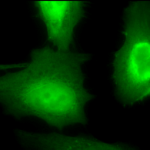
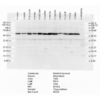
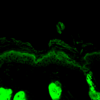
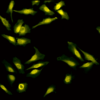
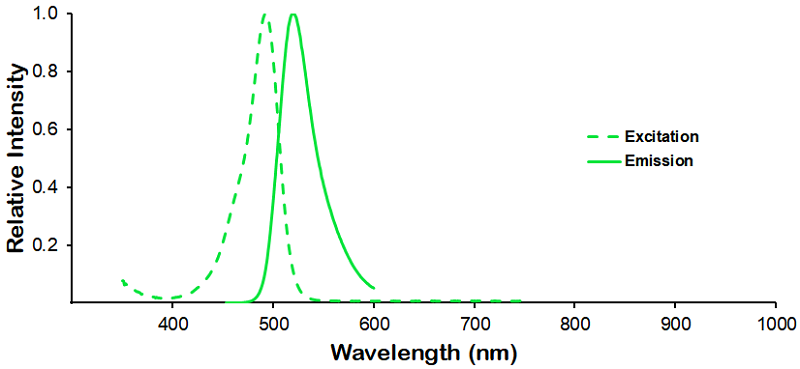
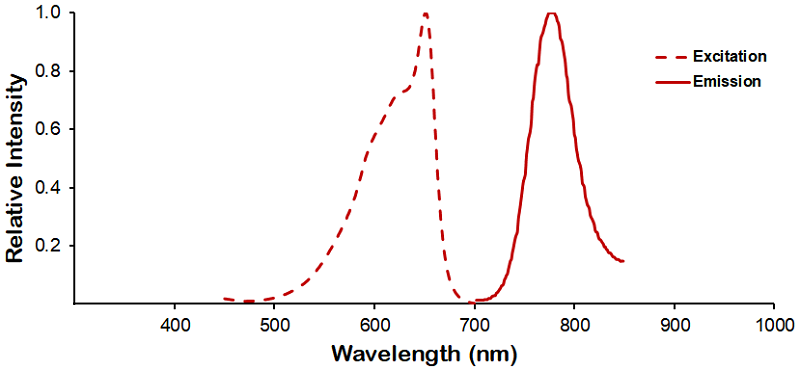
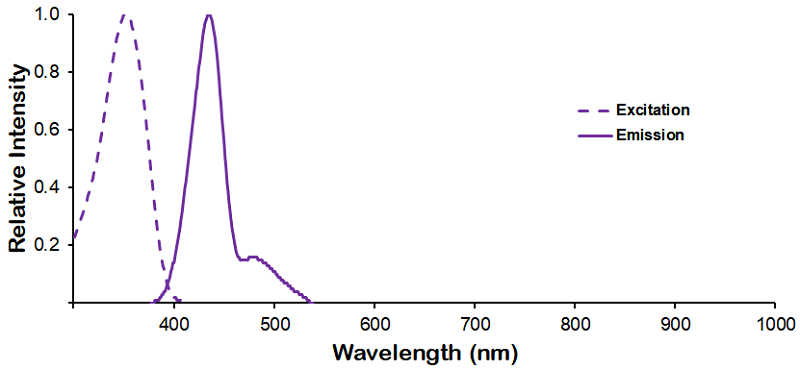
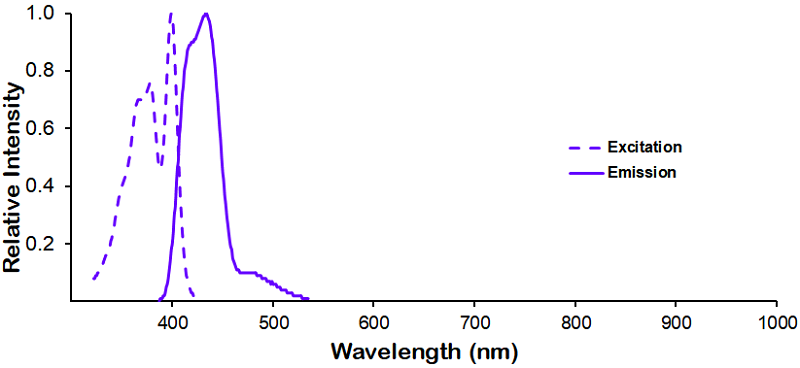
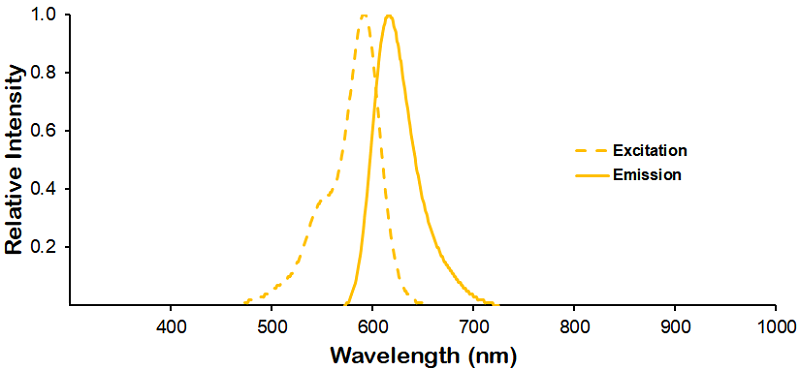
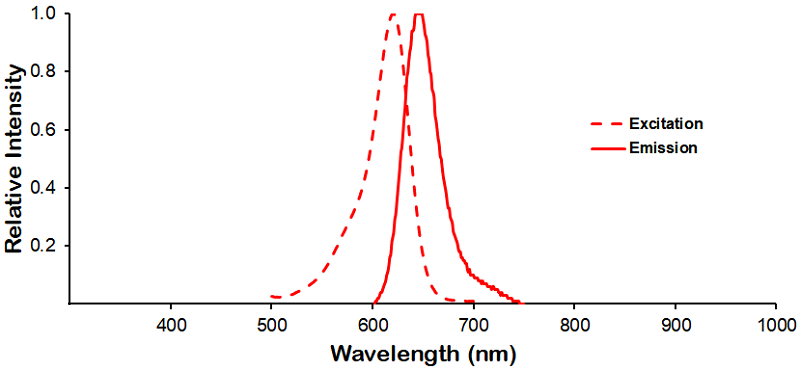
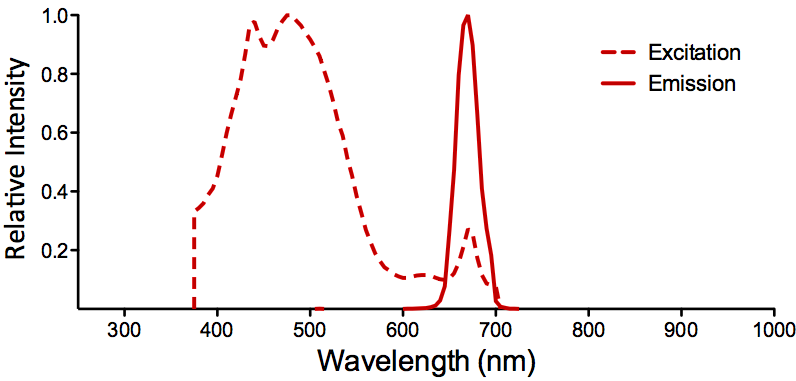
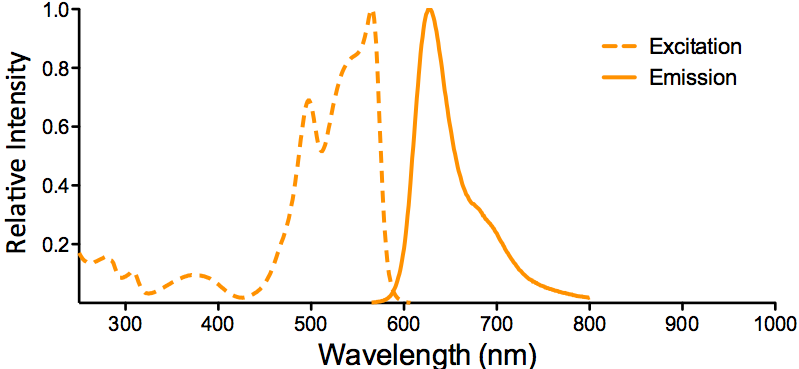
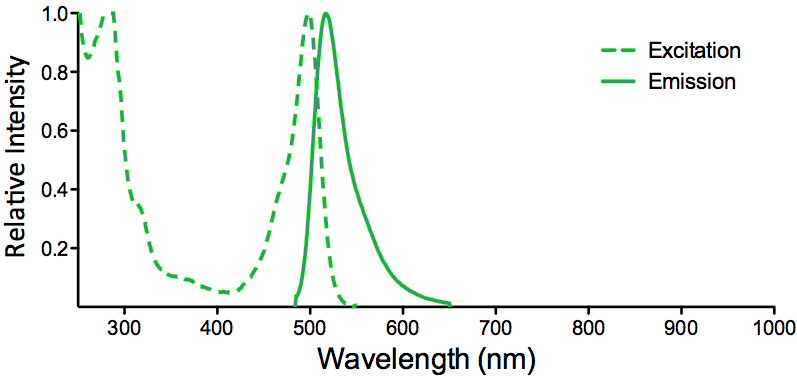
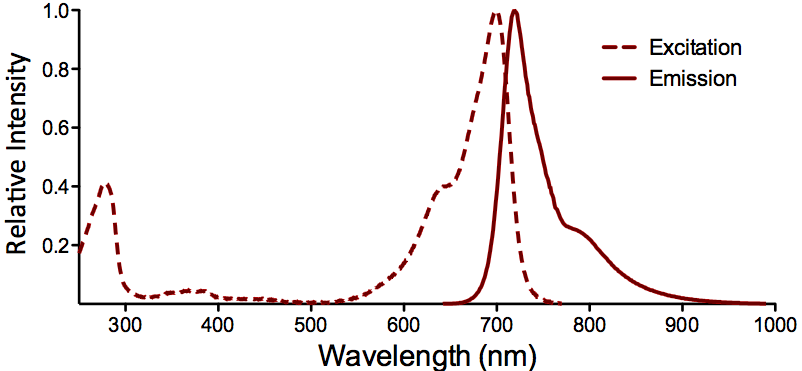
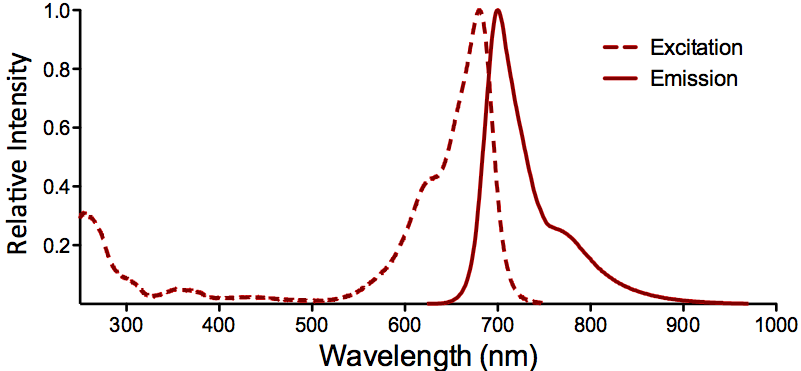
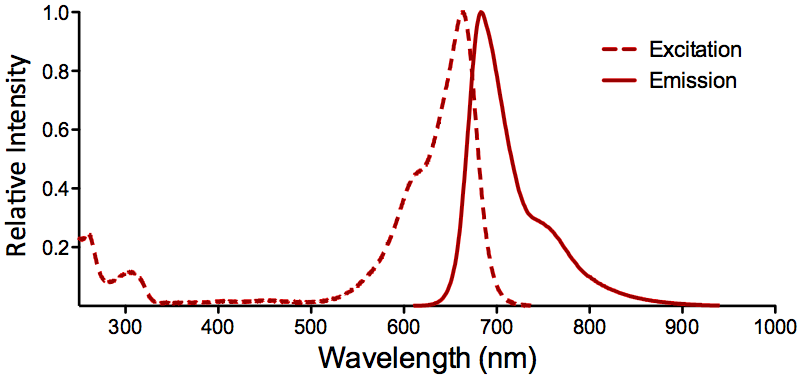
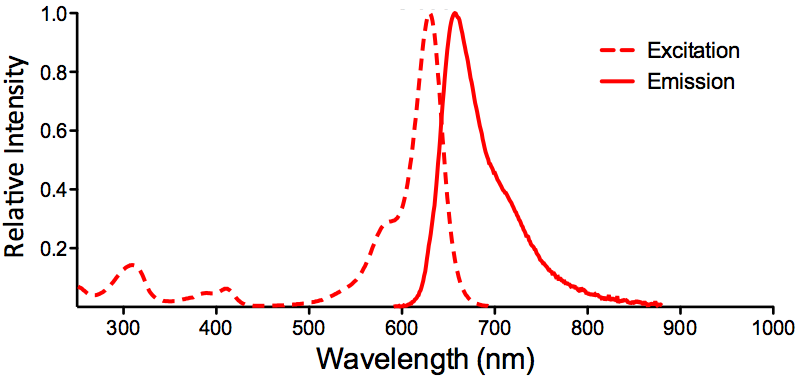
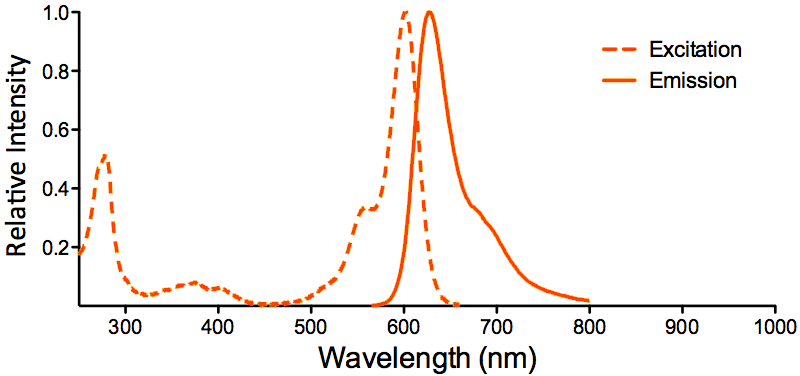
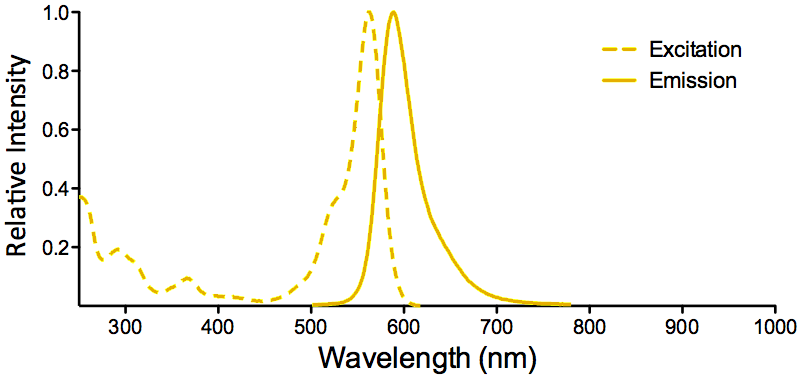
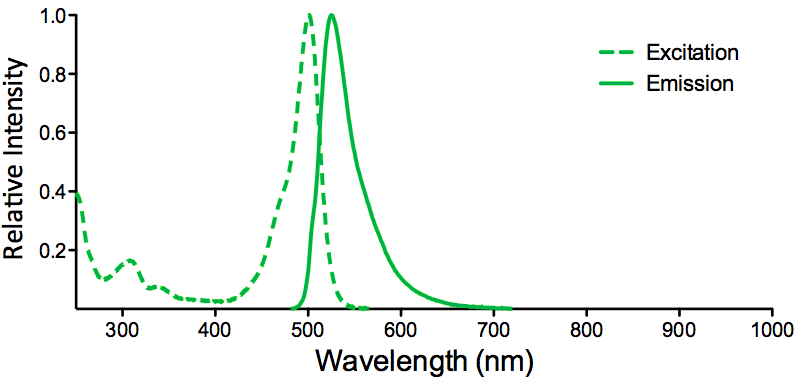
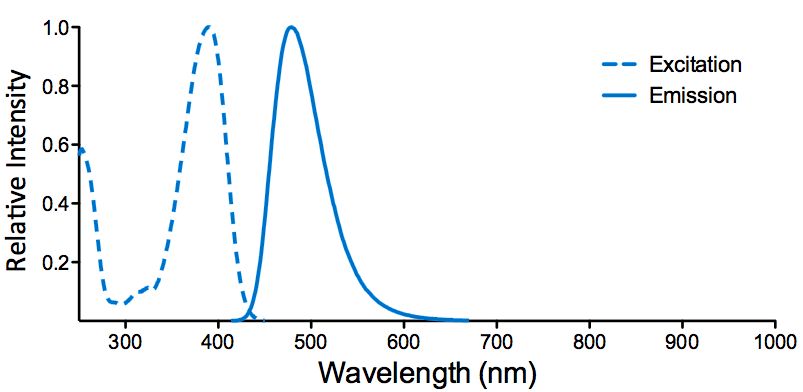
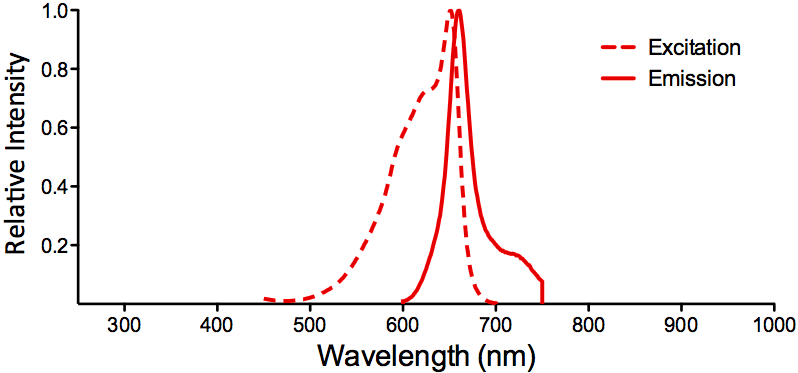
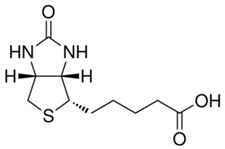
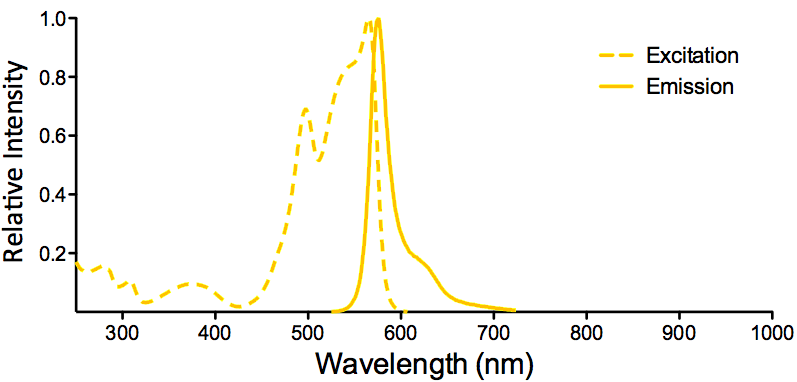
StressMarq Biosciences :
Based on validation through cited publications.